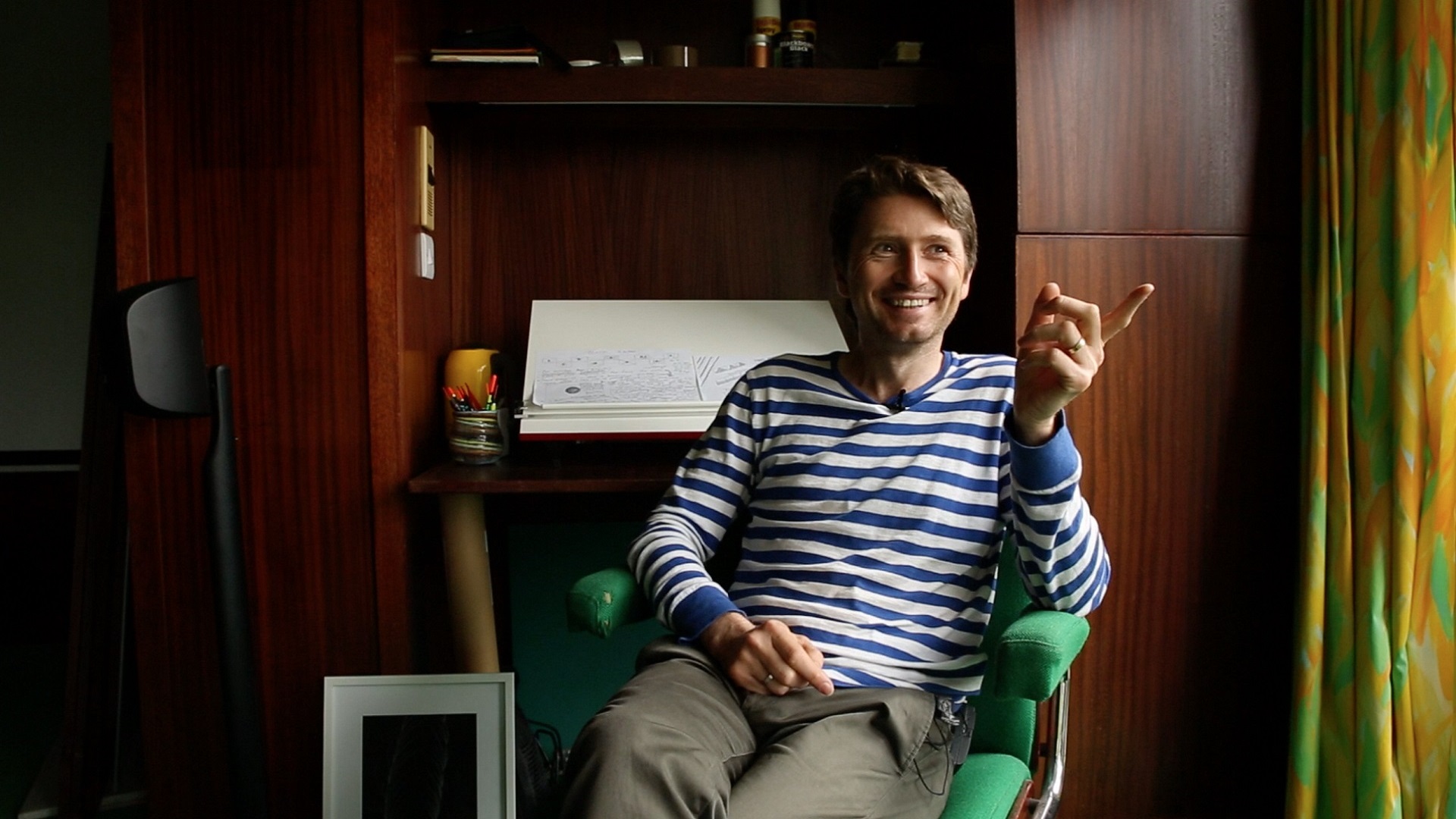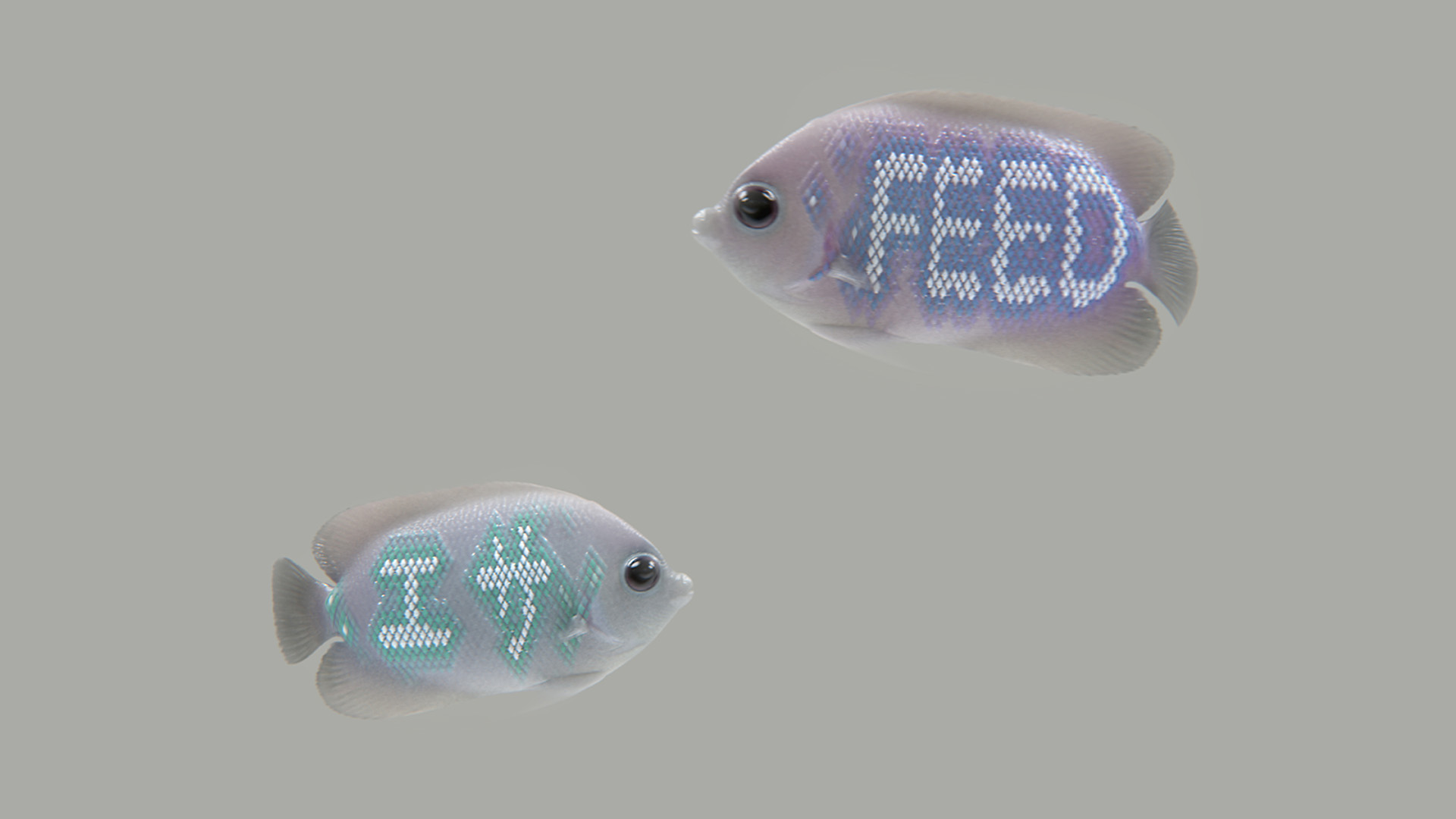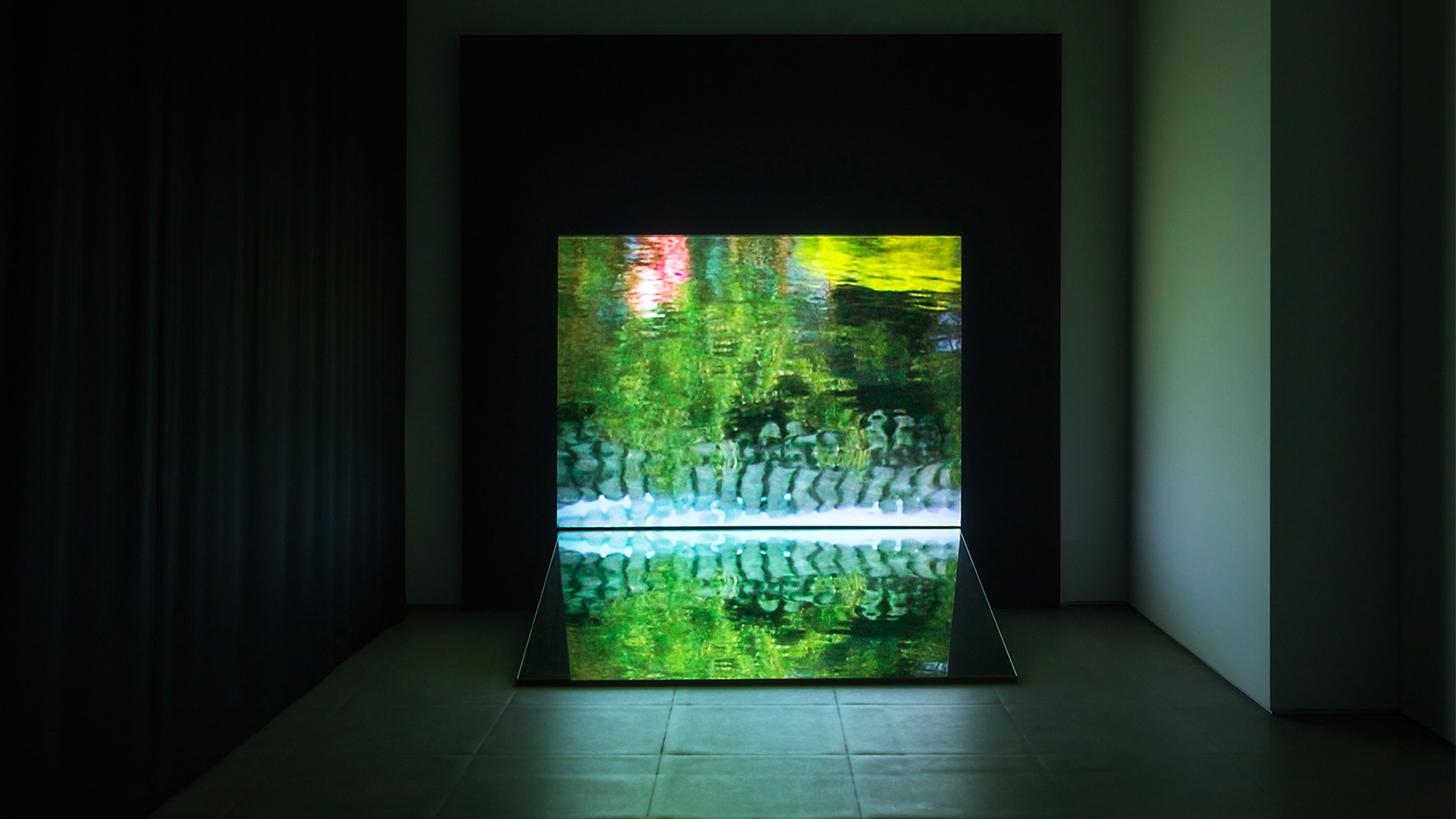Blog
How can technology speak to its owner?
7 September 2018 Fri
Fluid Bodies, the exhibition showcasing works of Universal Everything, the collective which produces interactive projects using sophisticated visual technologies, is on view at Borusan Contemporary since September 15, 2018. Naz Kocadere interviewed Matt Pyke, the creative director of the global collective.

NAZ KOCADERE
nazkocadere@gmail.com
The global collective Universal Everything, which consists of artists, designers, animators, musicians and software developers, is at the Borusan Contemporary with their exhibition Fluid Bodies. Film and media curator Conrad Bodman organized the exhibition, which features moving visuals produced by advanced visual effects technologies together with Matt Pyke, creative director of Universal Everything. In addition to the human form focused work of the collective who define themselves as "creative collaborators," the visitors will be able to see new works displayed for the first time at the exhibition. Works are shown in locations that surround the audiences, through large-format projections and multiple, interactive screens. According to Matt Pyke's assessment, the particular display preferences allow the viewer to experience various views interactively within the spaces surrounding them.
Fluid Bodies focuses on the human form, whilst exploring the individual's character as well as his/her behavior as part of a collective. The works entitled Portrait II, Supreme Believers II, and Walking City, attempt to examine the individual's body and potential/ability/capacity to re-shape, transform and adapt. The latest technological methods transfer the traditional historical references across various eras, are accommodated within the works. Exhibiting universal readings on the individual and the society through future technologies today transforms the exhibition experience into a form of research that combines multiple temporalities. Additionally, as each interaction of the audience reshapes his/her experience, the exhibition exceeds not only beyond a mediator which can be displayed on a particular moment, but also outside the limits of the present time. The experience of the exhibition focuses on the present moment and flows together with time, whilst the exhibiting process coexists with the audience.
Naz Kocadere: Taking the idea of “transnationality in the arts” into consideration, could technology attempt to offer a universal audio-visual language for all?
Matt Pyke: The growing rise of social media content is resulting in homogenized aesthetic, visual memes become our new global language. Examples such as emojis, selfie expressions, extreme building climbing GoPro videos all use the human form to communicate meaning and emotion, all transcend language.
N.K.: Did technology allow people to become so individually empowered that it has suppressed them from the need to build organic relationships with each other?
M.P.: Now, we often have “semi-relationships” via technology—video chat has allowed us to feel 49 percent organic in online relationships. Semi-realism, video chat only utilize two senses - sight and hearing. We still yearn for the lost touch, taste, spatial sensory experiences.

MATT PYKE
N.K.: Walking City references the utopian visions of 1960s architecture practice Archigram. Based on the debates on technology and society, challenging the standards of our urban experiences through the avant-garde group Archigram and the Plug-In City, what do you think that cities are evolving into?
M.P.: The cities operate like highly functioning organisms—the stronger the arteries (infrastructure), the stronger the flow of knowledge, culture, wealth. On the one hand, you have masses migrating to dense, physical cities with communities collaborating in close proximity, on the other hand, you have virtual cities, with online communities collaborating remotely, the freedom to work productively from wherever you choose. This results in the contrast between migration into cities (for physical collaboration), and migration out of cities (for virtual collaboration).

Universal Everything, Walking City, 2014
N.K.: Portrait uses digital brushstrokes to portray a living and moving face that can only be achieved and experienced on a digital canvas. Clashing the references of Renaissance portrait tradition and new media technologies, the identity is ever-changing and evolving. How would you describe the current state of the portrait tradition, regarding the increasing accessibility of mobile photography, the inevitable era of the selfie? Re-examining identities through various cultures, languages, codes, and transitions, what is the evolution of the connection between the portrait and the character?
M.P.: There is a growing disconnect between your physical persona, and how you present the ideal version of yourself online, mobile apps such as Facetune enhance your weight, skin, tan, blemishes. It becomes surreal meeting the real, imperfect person in real life, a different entity to the person you thought you knew.

Universal Everything, Screens of the Future, 2016-2017
N.K.: Screens of the Future, explore the potential to turn 13 everyday objects into screens. Some of the examples in this series, like the fishes with neon “feed me” screens written over them, project the idea of usefulness. Connecting design practices with art, managing innovative technologies as a tool in artistic platforms, would you consider your practices having a useful component? On the other hand, do you consider art as a possible platform to offer useful output? How do you think art’s mission has evolved throughout history?
M.P.: We often work as Speculative Designers1, we propose prototype solutions to emerging challenges. Potential solutions to problems which do not exist yet. With Screens of the Future, we consider what function this display content would serve, beyond decoration. Could it demonstrate a smart awareness of its context? How can technology speak to its owner?
1. "Speculative design is a discursive practice based on critical thinking and dialogue that questions design practice (and modernist definition) ..." Elvia Vasconcelos, 23 July 2017
From the original: "Speculative design is a discursive practice, based on critical thinking and dialogue, which questions the design of (and its modernist definition). " July 23, 2017
https://elviavasconcelosblog.wordpress.com/2017/07/23/part-3-what-is-speculative-critical-fiction-design
ABOUT THE WRITER
Naz Kocadere Ulu works as an arts manager, curator and writer in the arts and culture field. With a keen eye on the ever-changing structure of language, Naz focuses on its relationship with identity, cultural belonging, representation, gender and authority. With a background in visual communication design, Naz received her master’s degree in cultural management. During her graduate studies, Naz focused on the strategies of audience development at SALT Istanbul and Kunstinstituut Melly Rotterdam. Later, she attended the Curatorial Program at de Appel Amsterdam with the support of the SAHA Association. Since 2013, Naz has realized a series of publications, exhibitions and research programs in various art galleries and institutions, including SALT in collaboration with the platform Asociación de Arte Útil and the 13th Istanbul Biennial. Recently, as part of her curatorial fellowship supported by the Cultural Foundation of Saxony (KdFS), she curated the group exhibition Outspoken Voices beyond the Archive at Galerie für Zeitgenössische Kunst (GfZK) in Leipzig, Germany.
Her latest curatorial projects include multifaceted publication “What are the words you do not have yet?” supported by Amsterdams Fonds voor de Kunst (AFK), and the group exhibition All water falls into language supported by the Consulate General of the Netherlands in Istanbul. Her writing has previously appeared in Sanat Dünyamız, Art Unlimited, Argonotlar, Borusan Contemporary Blog and SALT Online Blog. Naz is a member of the International Association of Art Critics, AICA Turkey.


